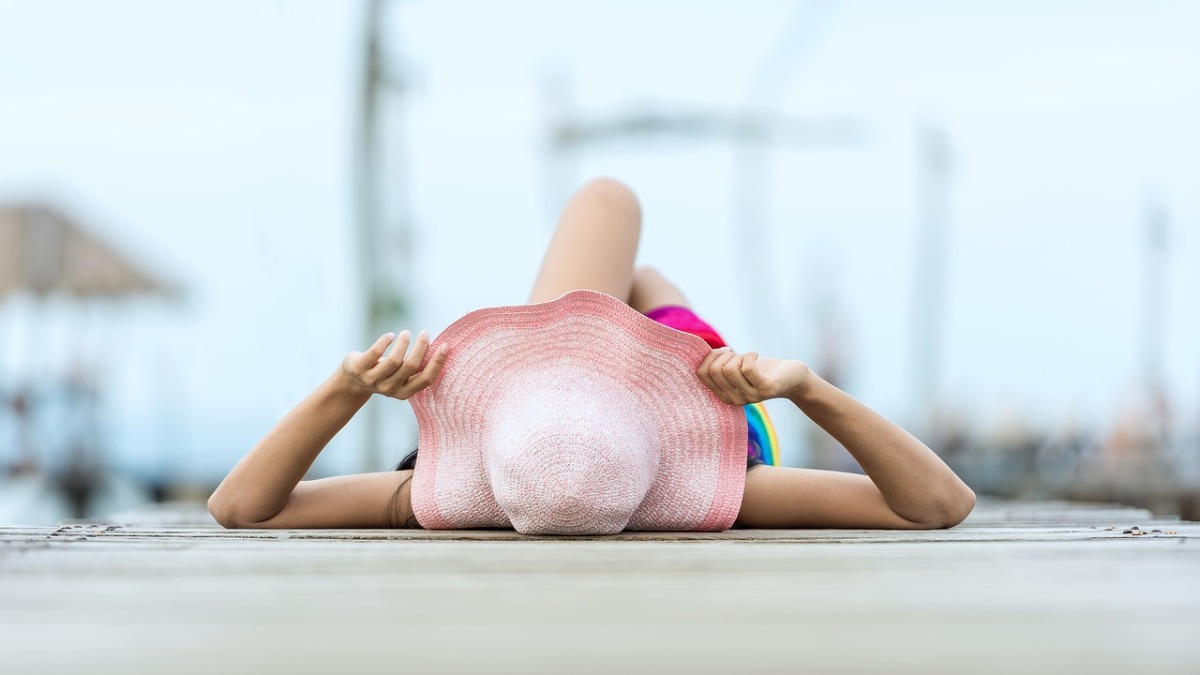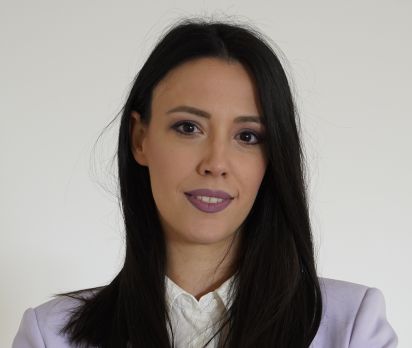Tanning is not your friend, it’s your skin screaming for help! Yes, you read that right – that beautiful bronze glow is actually a sign of serious skin damage. Dr. Ana Popović, a specialist in dermatovenereology and oncology, makes it crystal clear: tanning and sunburns are direct signs of DNA damage in your skin cells, which can lead to skin cancer. And this isn’t just scare talk – two major Australian studies show that regular use of sunscreen reduces melanoma incidence by 50% and skin cancer by 40%!
But wait, are sunscreens themselves carcinogenic? Nope, Dr. Popović busts that myth too. All sunscreens are chemicals, but that doesn’t mean they’re dangerous. There are organic and inorganic filters, all rigorously tested and safe. The real danger lies in buying unverified products from shady sources, which may contain carcinogens like benzene. So, Dr. Popović advises – buy only from pharmacies and check for certification!
Do you know when the sun is most dangerous? Between 10 AM and 2 PM, and in summer even until 5 PM, when UV rays hit almost vertically and penetrate deepest. And if you’re in the mountains, every 1000 meters increase in altitude boosts UV intensity by about 10%! So don’t fool yourself thinking it’s cloudy or cool – UV is everywhere and always dangerous.
How to choose a sunscreen? SPF 30 is the minimum for daily use, SPF 50 is optimal for prolonged exposure or sensitive skin. But remember – no sunscreen offers 100% protection, so reapply every two hours, especially after swimming or sweating.
And finally, if you think it’s too late to start using sunscreen, think again! Even if you’ve spent years baking in the sun without protection, regular use of sunscreen can prevent further damage and reduce your risk of skin cancer.
So next time you want to brag about your tan, remember – it’s actually your skin crying for help! Got your own sun protection hacks or skin damage stories? Drop a comment below – let’s laugh, freak out, or just learn together!














